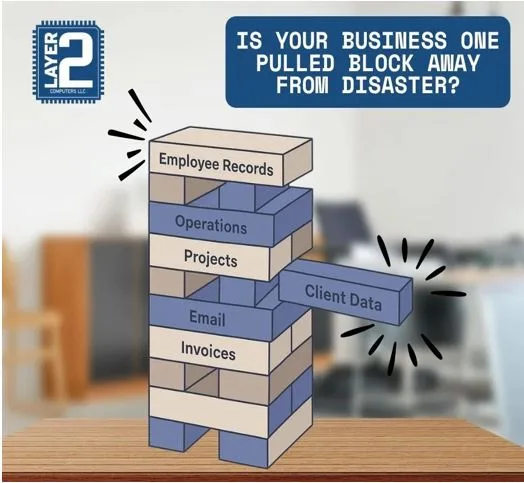Simplifying Student Progress Tracking with Free Gradebook Software
In today’s fast-paced educational environment, efficiency and accuracy in tracking student performance are more critical than ever. As schools, colleges, and tutors increasingly adopt digital tools to streamline operations, one of the most impactful advancements has been the rise of Free Gradebook Software. This solution offers an accessible, cost-effective way for educators to manage grades, monitor student progress, and generate comprehensive reports without needing costly subscriptions or complex platforms.
The Rise of Digital Tools in Education
The digital transformation in education is no longer just a trend—it’s a necessity. With hybrid learning, online classrooms, and virtual assessments becoming standard, educators need tools that align with this digital shift. One such tool, Free Gradebook Software, has proven to be especially valuable for institutions of all sizes. It empowers teachers to move beyond traditional spreadsheets or manual records, enabling them to automate calculations, centralize data, and communicate student performance seamlessly.
Why Educators Are Turning to Free gradebook software
There are several compelling reasons why teachers and academic institutions are adopting free gradebook software. Here’s a closer look:
- Cost Savings Without Compromising Quality
One of the biggest advantages of Free gradebook software is that it eliminates the financial barrier. Many smaller schools, nonprofits, and independent educators operate on tight budgets and cannot afford premium educational tools. Free software solutions allow them to enjoy many of the same benefits as paid versions, including automation, real-time updates, and secure data storage.
- User-Friendly Interfaces
Most free gradebook platforms are designed with simplicity in mind. Educators with limited technical expertise can navigate these tools with ease. From entering grades to generating reports, these platforms are built to reduce the administrative burden, not add to it.
- Customizable Features
Despite being free, many of these software tools offer customization. Teachers can define grading categories (homework, quizzes, attendance, and participation), assign weights, and create their own performance metrics. This ensures flexibility to suit a wide range of grading systems across various academic levels.
- Efficient Data Management
Managing student data manually can lead to errors, misplaced files, or inconsistencies. Free gradebook software enables centralized and secure data management. Teachers can easily access historical data, review performance trends, and identify students who need additional support.
- Parent and Student Communication
Some platforms offer features where grades and reports can be shared with students and parents in real time. This transparency enhances communication and promotes accountability. Students can track their own progress, and parents stay in the loop without needing regular teacher updates.
Core Features to Look For in Free gradebook software
Not all free software solutions are created equal. When selecting the right gradebook tool, it’s important to evaluate the following core features:
- Grade calculation is automatic based on customized parameters and weightings.
- Student performance tracking allows for a visual overview of each student’s academic journey over time.
- Attendance tracking integrates attendance with performance data, providing a holistic view.
- Report generation: Generates detailed academic reports for individual students or entire classes.
- Cloud-based access enables teachers to access the platform from anywhere, which is crucial in remote learning setups.
- Integration capabilities: Many platforms integrate with learning management systems (LMS), making them more versatile and useful.
Best Use Cases in Real-World Settings
Elementary and High Schools
In primary and secondary education, tracking student progress on a daily or weekly basis is crucial. Free gradebook software simplifies this process for homeroom teachers and subject specialists, enabling them to maintain structured and timely records.
Homeschooling
For homeschooling parents and educators, these tools offer professional-grade capabilities without the need for enterprise budgets. They help document student achievements, prepare transcripts, and plan curriculum timelines more efficiently.
Higher Education and Tutoring
Professors and private tutors often deal with multiple classes and students. Free tools help them maintain structured grading records, especially for courses with frequent assessments and assignments.
Popular Free gradebook software Options
While the market is filled with different options, some stand out due to their reliability, ease of use, and feature set:
- ThinkWave
Known for its user-friendly interface and report generation features, it is ideal for small institutions. - Gradekeeper
Offers simple yet effective grading solutions, including attendance and progress reports. - Engrade (now part of McGraw-Hill)
Offers a broad set of features and integration with curriculum tools. - TeacherEase
Tailored for standards-based grading and widely used in K-12 settings. - Google Sheets with Add-ons
For teachers who prefer flexibility, a customized spreadsheet with gradebook add-ons can be a powerful (and free) solution.
Tips for Maximizing the Use of Free gradebook software
- Start simple
Begin with basic grade entry and expand to reports and analytics as you become more familiar with the platform. - Regular updates
Keep grades updated regularly to reduce workload and ensure real-time accuracy. - Backup data
While most platforms store data securely, exporting backups is always a smart habit. - Utilize training resources
Many platforms offer free tutorials and webinars. Invest a bit of time in learning the tool for smoother usage. - Involve students
Show students how to check their own performance. This fosters responsibility and motivation.
Final Thoughts
The move toward digitized education systems is inevitable, and free gradebook software is an essential tool in this evolution. These platforms empower educators to maintain accuracy, save time, and enhance transparency—all without draining budgets. Whether you’re a classroom teacher, a homeschooler, or a private tutor, embracing a reliable and feature-rich gradebook solution can dramatically improve how you monitor and support student success.
As demand for smarter education tools grows, the continued development of free and open-access platforms ensures that high-quality teaching support is within reach for every educator—regardless of their financial or institutional resources.





